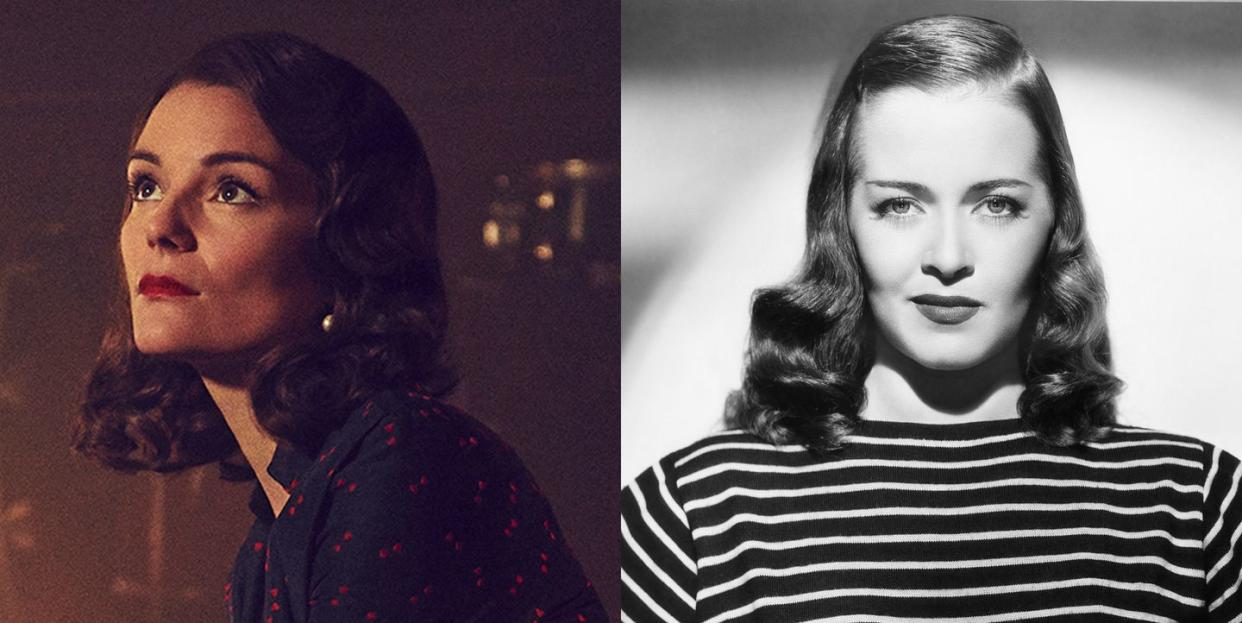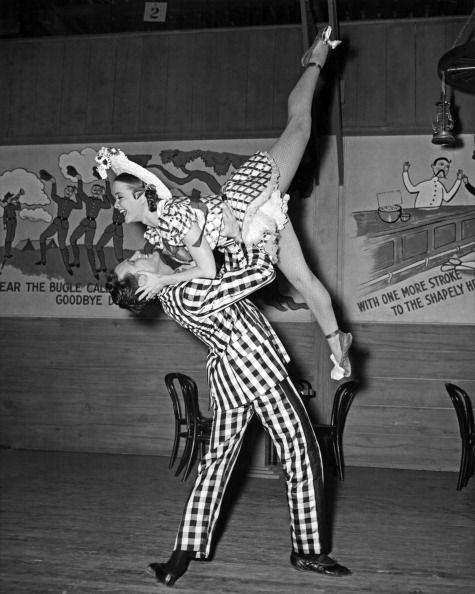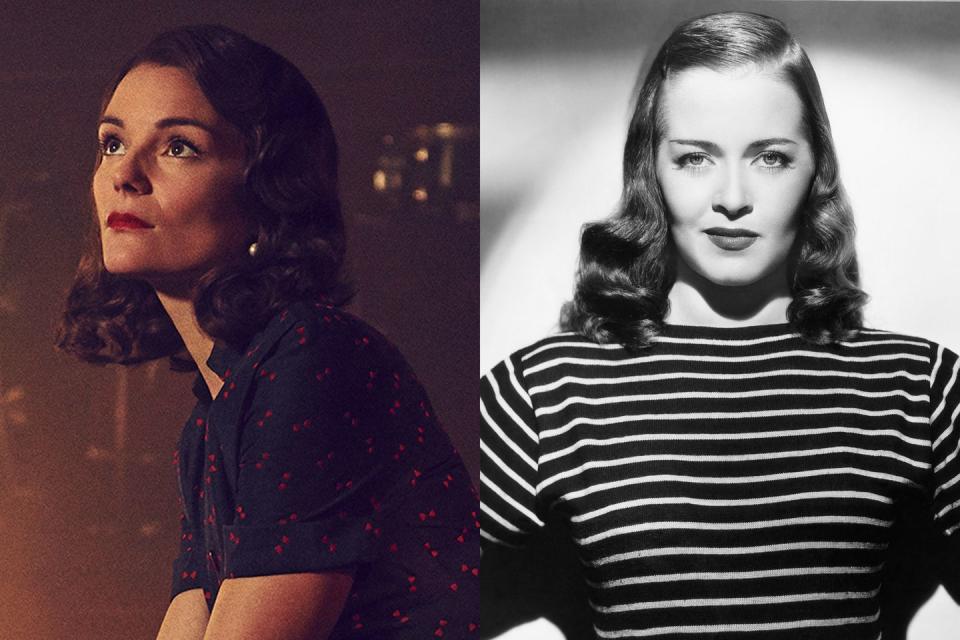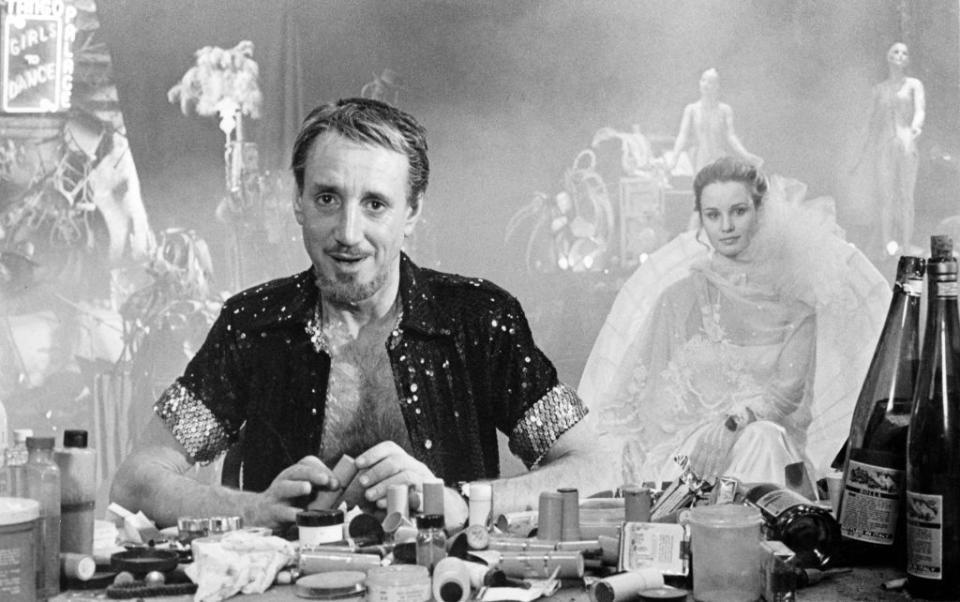Joan McCracken Was More than Bob Fosse's Second Wife

In the new mini-series Fosse/Verdon, Bob Fosse's second wife Joan McCracken, played by Susan Misner, is a side character in the saga of Fosse's complicated relationship with his muse and third wife Gwen Verdon. But in actuality, McCracken's life and career, which were cut tragically short by a fatal heart attack, are a fascinating drama all their own.
McCracken had a wide-ranging career, which took her from Broadway to Hollywood.
McCracken started her career as a dancer, performing first with School of American Ballet, and then the Littlefield Ballet in Philadelphia. It was with the latter organization that she would travel overseas to the U.K., France, and Belgium. She also danced with the Radio City Rockettes, a position she later said she "hated" because of its rigorous performance schedule.

After leaving the Rockettes, McCracken joined Eugene Loring's Dance Players, before being cast by Agnes de Mille in "Oklahoma!"
McCracken played several roles in the musical, including a can-can dancer, but her real claim to fame was a purposeful pratfall, during the "Many a New Day" number. That specific piece of choreography lead to her nickname: "the girl who fell down."
"Oklahoma!" was the first of several Broadway performances for McCracken. She also appeared in "Bloomer Girl," "Billion Dollar Baby," "Dance Me a Song," and "Me and Juliet."
In addition to her career on the stage, McCracken found success on-screen, appearing in the films Hollywood Canteen and Good News and the television series Claudia: The Story of a Marriage.
Here she is dancing the number "Ballet in Jive" in Hollywood Canteen:
She and Fosse married in 1952.
This was a second marriage for them both. Fosse had previously been married to his dance partner Mary Ann Niles; McCracken's first husband was Jack Dunphy, an author who would go on to become Truman Capote's longterm partner.
At the time Fosse and McCracken's wedding was announced, McCracken was the bigger name.
The New York Times announcement read:
Joan McCracken, musician comedy and television actress, and Robert L. Foss, an actor of Evanston, Ill. obtained a marriage license yesterday in the Municipal Building. Miss McCracken, who appeared in "Oklahoma," "Bloomer Girl" and "Billion Dollar Baby," legally terminated her previous marriage to Jack Dunphy in 1951.

They divorced in 1959.
Fosse was a known philanderer, and their marriage did not work out, but McCracken left a lasting impact on both Fosse's life and his career.
"She's the one who encouraged me to be a choreographer," Fosse said of his second wife in a 1973 interview with the New York Times. "I was very show biz, all I thought about was nightclubs, and she kept saying, 'You're too good to spend your life in nightclubs,' she lifted me put of that, and I'll always he grateful."
Following their divorce, Fosse married Gwen Verdon. For her part, McCracken moved on with Marc Adams, an actor with whom she had a relationship until she died.
Truman Capote used her as inspiration for the character of Holly Golightly in Breakfast at Tiffany.
Golightly is famously based on a number of women, but Capote specifically used McCracken's violent reaction to her brother's death in combat in his short story.
After hearing the news, "In a sudden fit of rage, McCracken tore apart her dressing room, sending furniture, clothing, and whatever else she could get her hands on flying in all directions," writes McCracken's biographer Lisa Jo Sagolla, in The Girl Who Fell Down.
"Capote used McCracken's violent tantrum in the Bloomer Girl dressing room as the model for the scene in his popular novel Breakfast at Tiffany's in which the main character, Holly Golightly, is informed that her brother, who was in the army, has been killed in action overseas."
Sagolla also writes that Golightly has an affinity for the musical "Oklahoma!" and notably "kept an old copy of The Baseball Guide (which was edited by McCracken's uncle James Isaminger) on her bookshelf."
McCracken died in 1961 at the young age of 43.
According to the New York Times, when McCracken died, she had "suffered from a heart condition for the last seven years," possibly a complication from type I diabetes, a disease she suffered for decades, but kept private, so it wouldn't have a negative impact on her career. McCracken's last performance had been three years earlier in "The Infernal Machine." The Times reportedly that she was 38, but McCracken purposefully shaved a few years off her age when she started finding success on the stage.
According to Sagolla, "Fosse was deeply disturbed by McCraken's death. It haunted him for years afterward, and some feel he never truly got over it."
Fosse even paid homage to her in his 1979 autobiographical film, All That Jazz. The angel who appears throughout the film is dressed in a similar way to McCracken in her final performance in The Infernal Machine.

In 1979, Gwen Verdon spoke about the influence McCracken had on Fosse.
"Do you know what the only thing Bob can retain is?" Verdon asked, according to Sagolla. "Sorrow. He can have half a million in the bank, all the Tonys, Oscars, and Emmys one human being can amass in a lifetime, and all he lives with is the fact that Joan McCracken died so young on him ... Bob enhanced to many lives. ... But I’m going to tell you Bob’s real tragedy: Nobody, not one of us, except Joan, was ever able to enhance his."
('You Might Also Like',)

